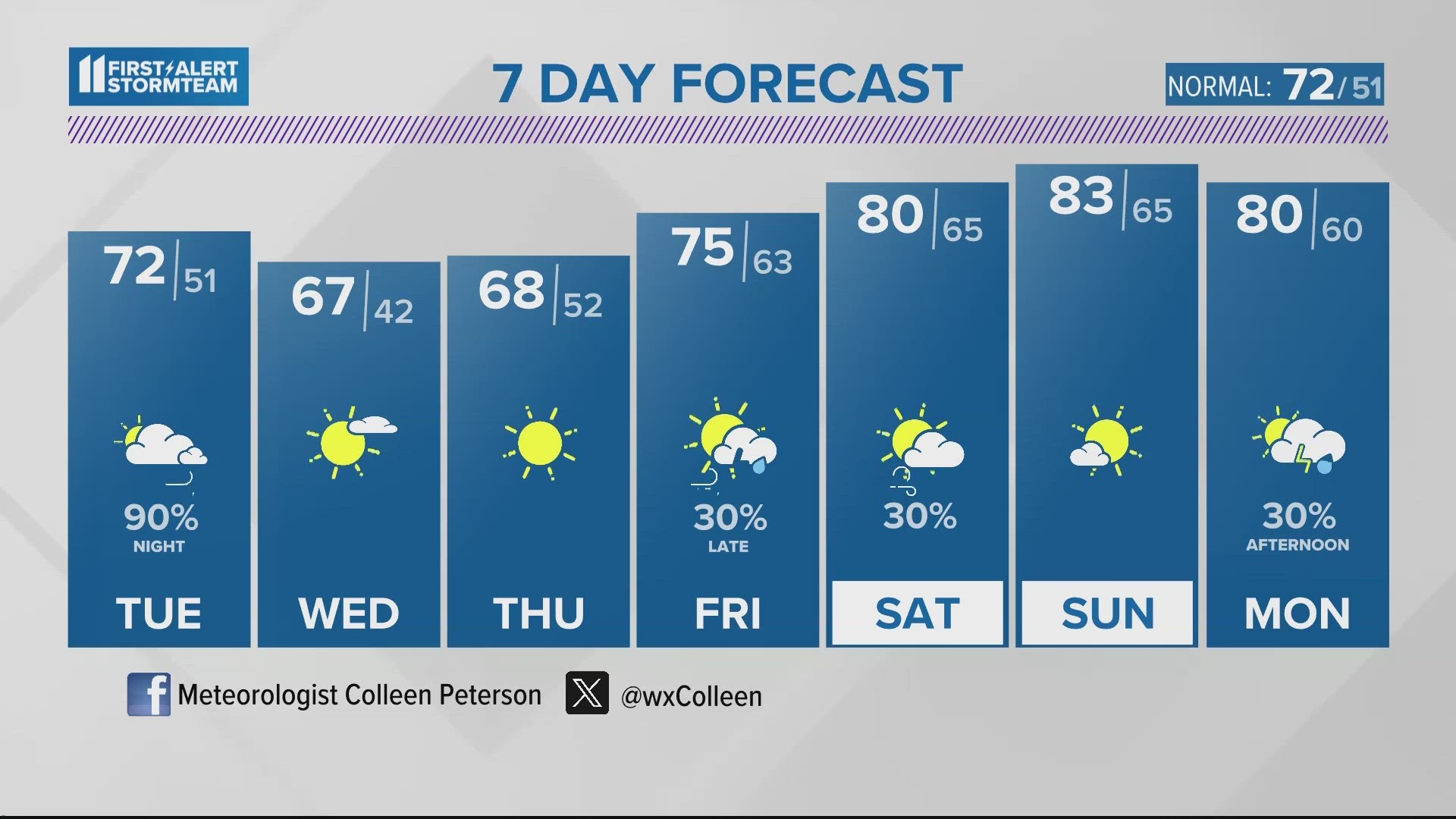Lightning is one of the most overlooked and underestimated deadly weather related hazards here in the US. Responsible for 27 US deaths in 2015 alone, lightning becomes a significant threat when safety procedures are not appropriately utilized. After all, Central Florida is the lightning capital of the United States with Kentucky coming in at #12 for most lightning strike fatalities in the US.
Weather fatalities as of 2015 by phenomena:
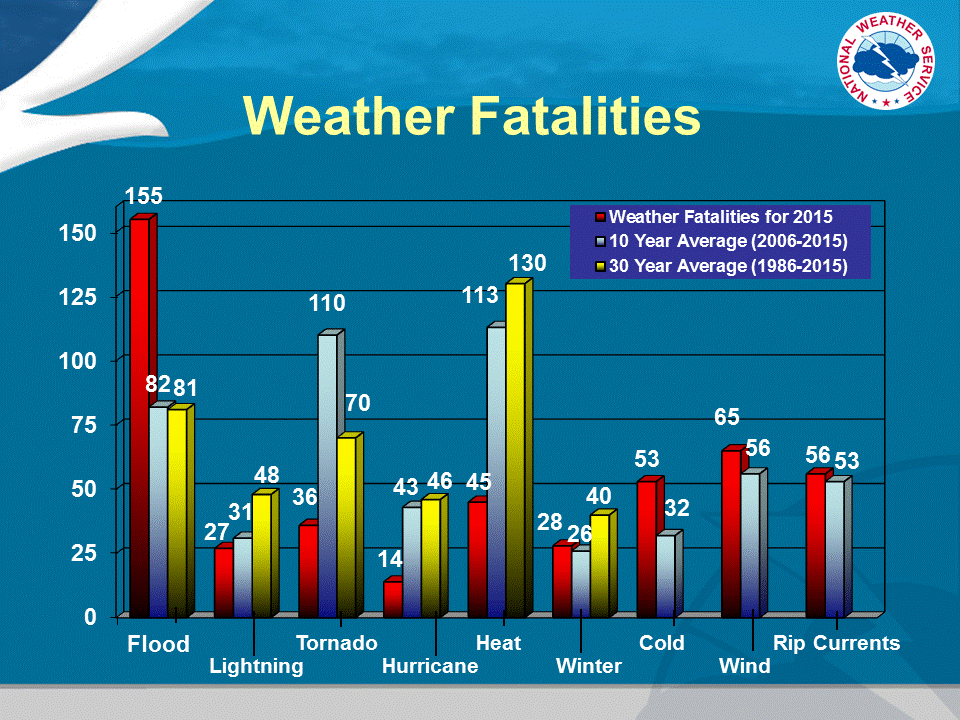
SAFETY TIPS:
Understand the threat and minimize the risk!
PLAN AHEAD!
BEFORE THE STORM: If the sky looks threatening or you hear thunder, seek shelter immediately.
DURING THE STORM: Once inside, avoid contact with corded phones, electrical equipment, and plumbing. Go to the lowest level of the building.
AFTER THE STORM: Wait at least thirty minutes after the last lightning strike before going outside.
SAFETY DOS AND DON'TS
DO:
BE AWARE
GO INDOORS
SEPARATE FROM OTHER BODIES
COVER YOUR EARS
CROUCH DOWN TO TAKE UP LESS AREA
DON'T:
LAY DOWN ON GROUND
BE IN OPEN VEHICLES
BE NEAR TALL BUILDINGS
BATHE, SHOWER, OR WASH DISHES
USE ELECTRONICS I.E. LAPTOPS, DESKTOP COMPUTERS, STOVES.
COMMON LIGHTNING MYTHS:

LIGHTNING QUICK FACTS:
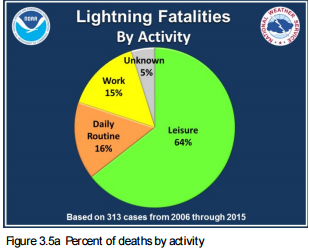
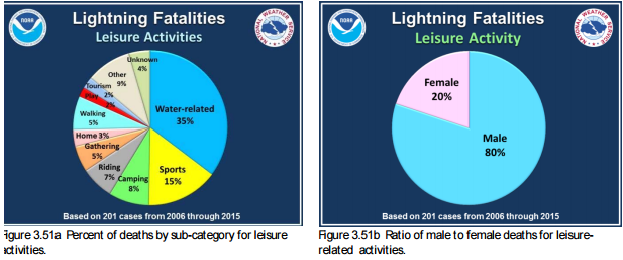
- Lightning strikes the US about 25 million times a year.
- Lightning is caused by an electrical charge in the atmosphere that is unbalanced.
- A lightning bolt is about 54,000 degrees Fahrenheit (5 times hotter than the surface of the sun!)
- The average striking length of a lightning is about 2 to 3 miles and carries electricity of nearly 100 million volts!
Q&A
Q: How do you know how far away a strike is after thunder is heard?
A: Sound travels 1 mile in 5 seconds. To estimate strike distance, count seconds from strike to thunder and divide by 5.
Q: Is it safe to take shelter under a tree during a storm?
A: No. Staying under a tree is the second leading cause for lightning deaths.
Q: What are the odds of a person getting struck by lightning?
A: According to the National Weather Service Storm Data. odds of getting struck by lightning are about 1 in 190,000 in any given year. However, your risk may be higher if you work outside for a living or live in states such as Texas or Florida.
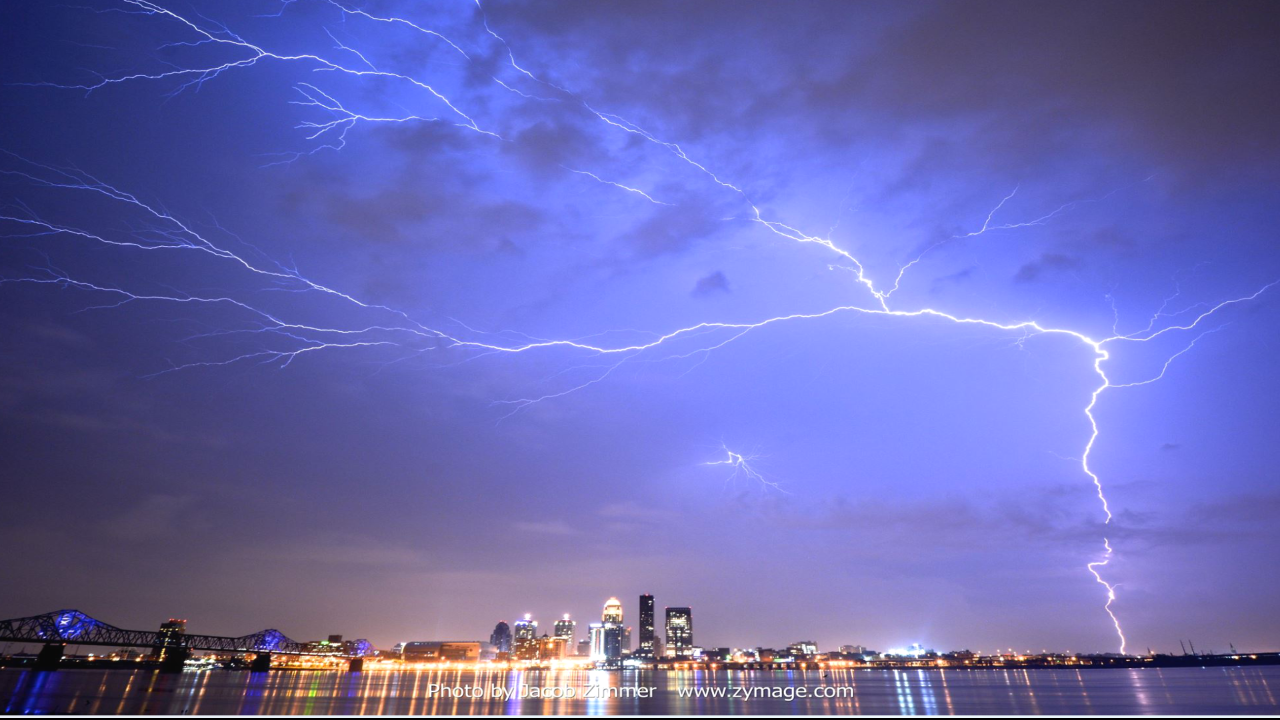
photo courtesy of Jacob Zimmer
MORE INFORMATION AT:
http://emergency.cdc.gov/disasters/lightning/index.asp
http://www.lightningsafety.noaa.gov/resources/lightning3_050714.pdf
http://factslegend.org/40-interesting-lightning-facts/


